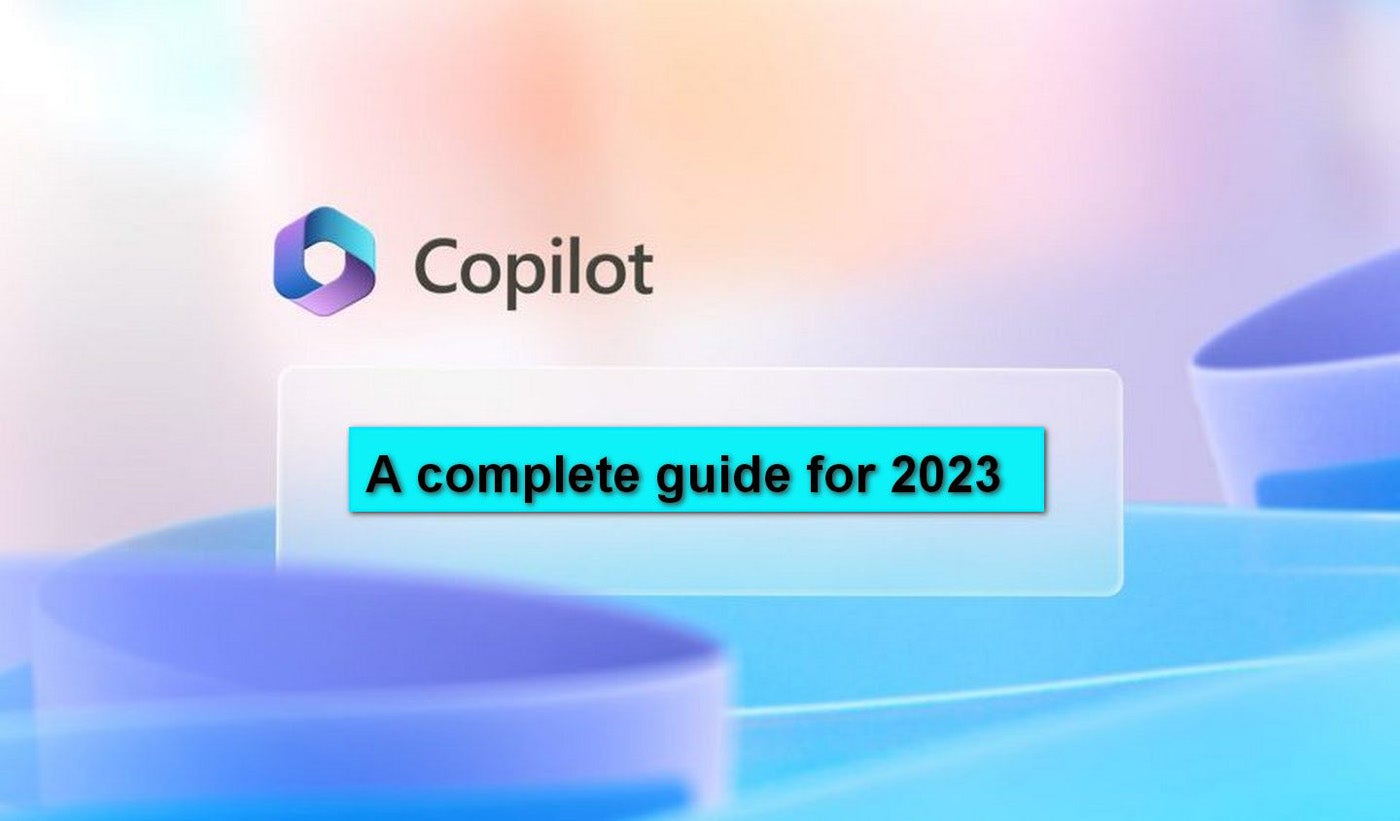Large language models (LLMs) have revolutionized various fields such as search engines, natural language processing (NLP), healthcare, robotics, and code generation. They also have applications in retail, where they can enhance customer experiences through dynamic chatbots and AI assistants, as well as in digital marketing, where they can organize customer feedback and recommend products based on descriptions and purchase behaviors. Personalizing LLM applications involves integrating multiple components, such as a feature store and an orchestration tool.
A feature store is a tool that stores, shares, and manages features for machine learning (ML) models. Features are the inputs used during training and inference of ML models. For example, in a movie recommendation application, features could include previous ratings, preference categories, and demographics. Amazon SageMaker Feature Store is a fully managed repository designed specifically for storing, sharing, and managing ML model features.
Another important component is an orchestration tool that is suitable for prompt engineering and managing various subtasks. Developers working with generative AI can use frameworks like LangChain, which provides modules for integrating with LLMs and orchestration tools for task management and prompt engineering.
LLMs have gained significant attention in recent research for recommender systems. They can dynamically fetch up-to-date data to produce personalized content recommendations. The key idea is to construct prompts that encapsulate the recommendation task, user profiles, item attributes, and user-item interactions. These task-specific prompts are then fed into the LLM, which predicts the likelihood of interaction between a specific user and item. Recommendation-driven and engagement-guided prompting components play a crucial role in enabling LLMs to focus on relevant context and align with user preferences.
In this post, we explore the concept of combining user profiles and item attributes to generate personalized content recommendations using LLMs. These models have immense potential in generating high-quality, context-aware input text, leading to enhanced recommendations. We walk you through the process of integrating a feature store (representing user profiles) with an LLM to generate these personalized recommendations.
Let’s consider a scenario where a movie entertainment company promotes movies to different users via an email campaign. We want to select the top three recommendations for each user based on their interests and previous rating behaviors. To achieve this, our AI application includes several components working together:
1. A user profiling engine that takes a user’s previous behaviors and outputs a user profile reflecting their interests.
2. A feature store that maintains user profile data.
3. A media metadata store that keeps the promotion movie list up to date.
4. A language model that takes the current movie list and user profile data and outputs the top three recommended movies for each user, written in their preferred tone.
5. An orchestrating agent that coordinates the different components.
Intelligent agents construct prompts using user- and item-related data and deliver customized natural language responses to users. The user’s profile is stored and maintained in the feature store, capturing their preferences and tastes. This profile is derived based on their previous behaviors, such as ratings.
To provide responses to a user’s recommendation, the application follows these steps:
1. The user profiling engine takes a user’s historical movie ratings as input, outputs user interests, and stores the feature in SageMaker Feature Store.
2. The agent takes the user ID as input, searches for the user’s interests, and completes the prompt template based on the user’s preferences.
3. The agent takes the promotion item list (movie name, description, genre) from the media metadata store.
4. The interests prompt template and promotion item list are fed into an LLM for email campaign messages.
5. The agent sends the personalized email campaign to the end user.
The user profiling engine builds a profile for each user, capturing their preferences and interests. This profile can be represented as a vector with elements mapping to features like movie genres, with values indicating the user’s level of interest. The user profiles in the feature store allow the system to suggest personalized recommendations matching their interests.
To simplify user profiling, you can build a regression algorithm using a user’s previous ratings across different categories to infer their overall preferences. Algorithms like XGBoost can be used for this purpose.
The code walkthrough section provides examples of code snippets for data ingestion into the feature store, extracting user profiles, and ranking movie categories based on user preferences. It also demonstrates the connection between different data sources, including SageMaker Feature Store. Additionally, it explains how to deploy the LLM using Amazon SageMaker and create an LLM module.
In summary, combining user profiles and item attributes with LLMs can generate personalized content recommendations. By integrating a feature store and an orchestration tool, you can create a comprehensive system that delivers customized recommendations based on user preferences and interests.
Source link






















